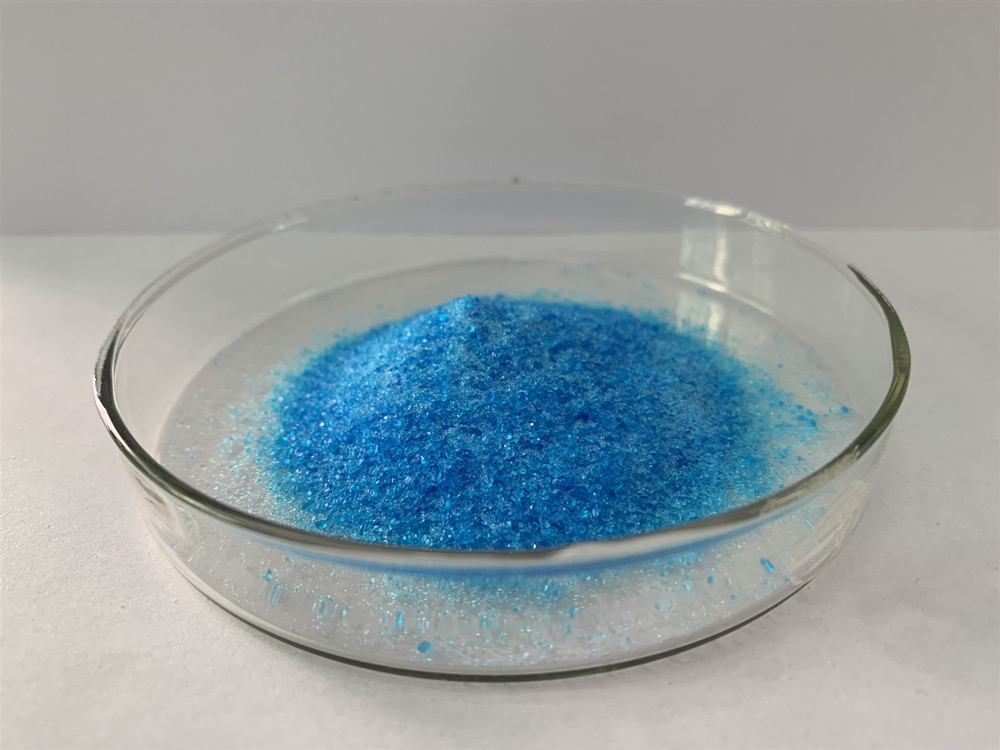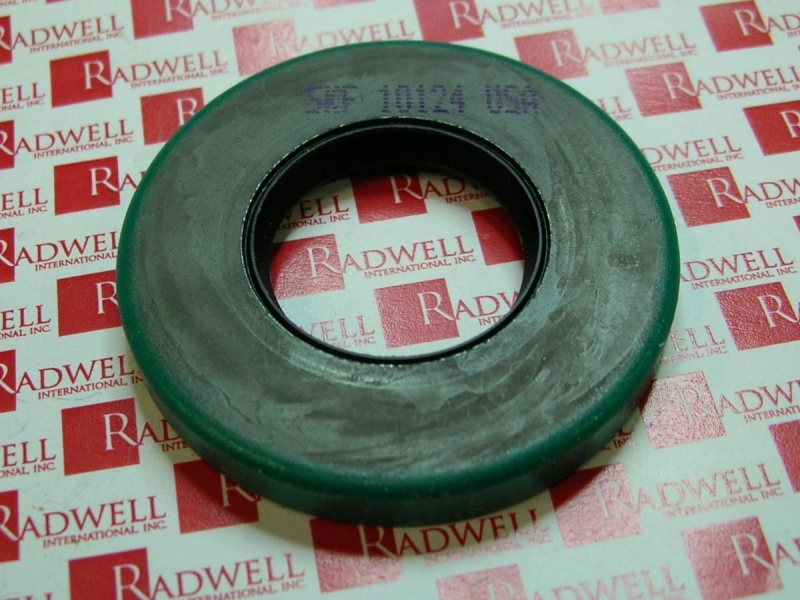

It is an important source of the trace element cobalt, which plays an essential role in many biological processes. Neither ILO nor WHO nor the European Commission shall be responsible for the interpretation and use of the information contained in this material.Cobalt sulfate is a chemical compound with the formula CoSO4. The published material is being distributed without warranty of any kind, either expressed or implied. Rest and medical observation are therefore essential.Īnyone who has shown symptoms of asthma due to this substance should avoid all further contact.ĭepending on the degree of exposure, periodic medical examination is suggested.

The symptoms of asthma often do not become manifest until a few hours have passed and they are aggravated by physical effort. It is strongly advised not to let the chemical enter into the environment. The substance may cause long-term effects in the aquatic environment. The substance is toxic to aquatic organisms.
10124 43 3 skin#
MAK: (as Co, inhalable fraction): skin absorption (H) sensitization of respiratory tract and skin (SAH) carcinogen category: 2 germ cell mutagen group: 3A TLV: (as Co, inhalable fraction): 0.02 mg/m 3, as TWA (DSEN) (RSEN) A3 (confirmed animal carcinogen with unknown relevance to humans) BEI issued. Animal tests show that this substance possibly causes toxic effects upon human reproduction. This substance is possibly carcinogenic to humans. Ingestion may cause effects on the heart, bone marrow and thyroid. Repeated or prolonged inhalation may cause asthma. Repeated or prolonged contact may cause skin sensitization. The substance is irritating to the eyes.Ī harmful concentration of airborne particles can be reached quickly when dispersed, especially if powdered.Įffects of long-term or repeated exposure The substance is severely irritating to the respiratory tract. The substance can be absorbed into the body by inhalation and by ingestion. Solubility in water, g/100ml at 20☌: 36.2 (good) This generates fire and explosion hazard. This produces toxic fumes of sulfur oxides. With the financial assistance of the European Commission.ĭecomposes at 735☌. Prepared by an international group of experts on behalf of ILO and WHO, Provision to contain effluent from fire extinguishing. Store in an area without drain or sewer access. Toxic to aquatic life with long lasting effects May cause damage to thyroid, bone marrow and heart through prolonged or repeated exposure if swallowed May cause allergy or asthma symptoms or breathing difficulties if inhaled Then store and dispose of according to local regulations. If appropriate, moisten first to prevent dusting. Sweep spilled substance into covered containers. Do NOT let this chemical enter the environment. Personal protection: particulate filter respirator adapted to the airborne concentration of the substance. Give one or two glasses of water to drink. Wear safety goggles or eye protection in combination with breathing protection if powder.įirst rinse with plenty of water for several minutes (remove contact lenses if easily possible), then refer for medical attention.ĭo not eat, drink, or smoke during work. Seek medical attention if you feel unwell. Rinse and then wash skin with water and soap. Use local exhaust or breathing protection.įresh air, rest. PREVENT DISPERSION OF DUST! AVOID ALL CONTACT!

In case of fire in the surroundings, use appropriate extinguishing media. Gives off irritating or toxic fumes (or gases) in a fire.


 0 kommentar(er)
0 kommentar(er)
